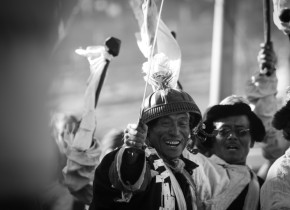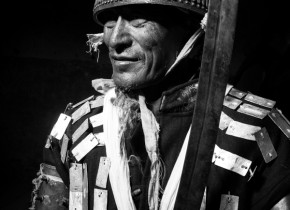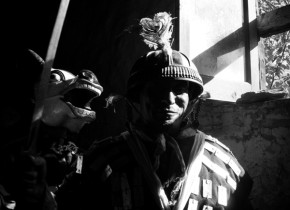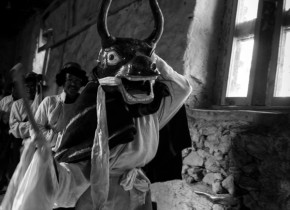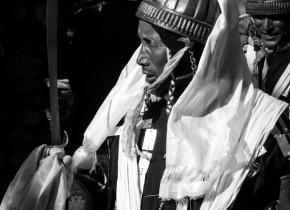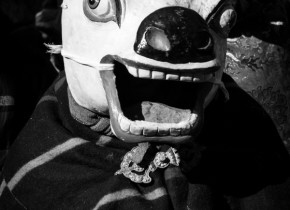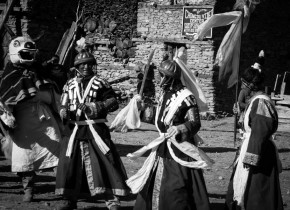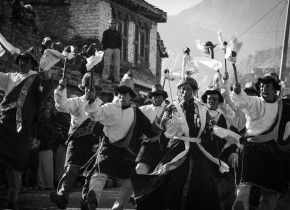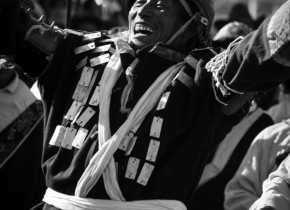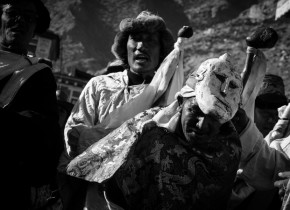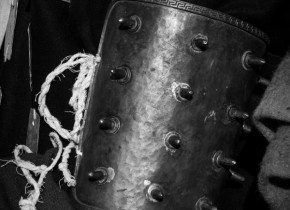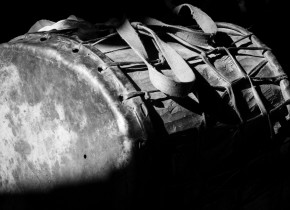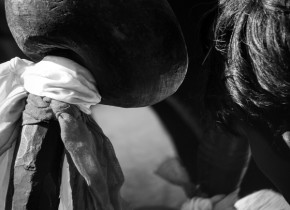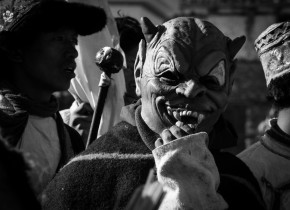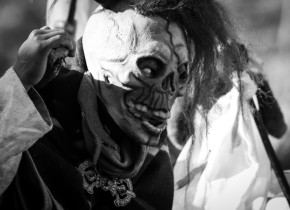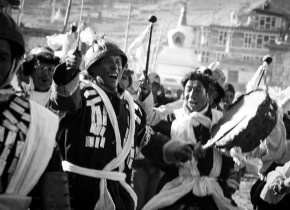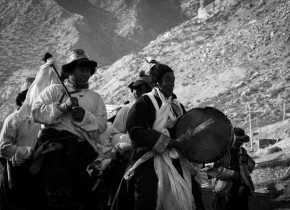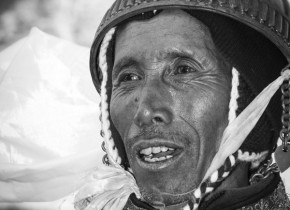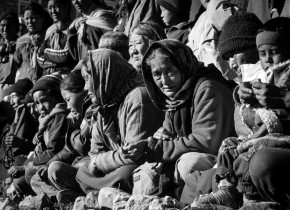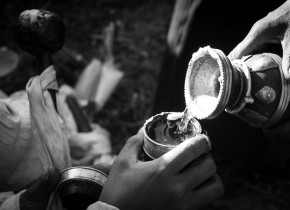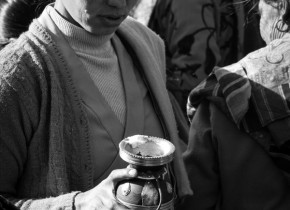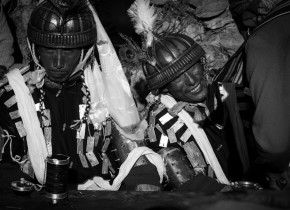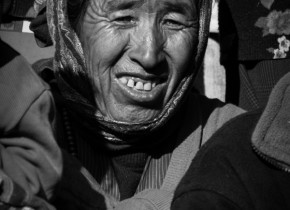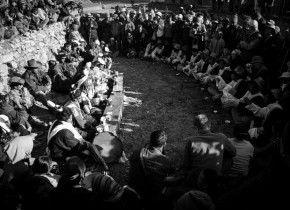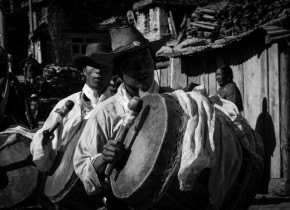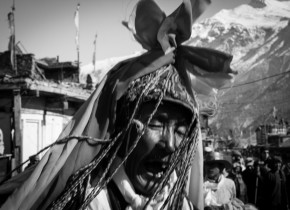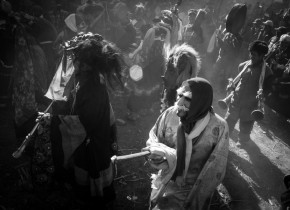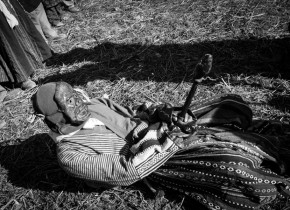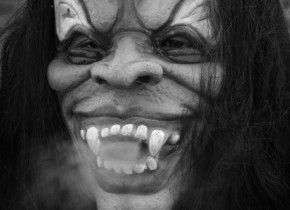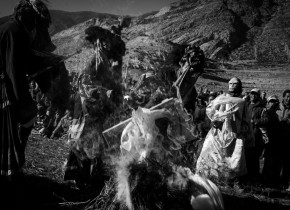The revival of Badhe
Badhe, the battle festival celebrating peace, reviving ancient forgotten rituals, Buddhist beliefs have turned it away from ancient practices of human sacrifices.
Hundreds of years of preservation and perseverance nourished and timely practiced are the basic attributes that gives birth to a cultural phenomenon. Sometimes the culture becomes identity and other time identity reflects the culture.
Manang, a mystical Himalayan district of Nepal, preserves itself within the largest protected area of Nepal, Annapurna Conservation Area, rated by B.B.C as one of the 12 best walks of the world! Manang Valley – indigenous people prefer to say Nyeshang Valley – is a combination of scenic grandeur and biodiversity with multicultural and multiethnic dimensions. This valley is largely occupied by Buddhists, and in some parts, Bon Po believers who worship nature as God. Manang has its own original and unique sets of customs, cultures and festivals.
Manang celebrates Badhe Festival once in three years, on the 1st day of the tenth month of Tibetan Calendar. Badhe has more than one expression according to the local people. On one side, it’s a Nyeshang oral tradition and an intricate performing art, basically a play, where mother Earth is the stage, with courtyards and terraced fields forming the backdrop. Bade is full of sounds, colors and intense drama, which tell a story of two warring brothers. On the other side, it is a performance which retells the story of a Ghale king sending his army off to battle. Both expressions meet in the purposes and objectives of the festival, which is to free the village of evil spirits, demons, enemies, diseases and natural calamities, to ensure peace, security and prosperity in the village.
In the late 1950s, King Mahendra came to the valley and, seeing the hard life of the settlers, as well as their strength and determination, declared that the people of Manang need not to pay the government tax if they wanted to import and export goods from Nepal. The people of Manang have become prosperous traders, hoteliers, and businessmen. Many have moved down from the harsh and beautiful valley in north central Nepal to Kathmandu, but, at the same time, made their culture and traditional way of life vulnerable. At present, most of the younger generations of Manang are living either in big cities of Nepal or in foreign countries for the sake of education, business and better life.
In 2004, the younger generations saw Badhe for the first time since the past 25 years. Two decades ago, the Bade tradition started to decline, as local people migrated to Kathmandu and took with them economic and cultural resources. The Destination Manang Campaign of 2004 reinstated it. But it was only from October 25 – 27 of 2007 that it was fully revived with the ancient rituals which were forgotten since many years. The villagers hope that by reviving the Badhe festival, they can reconnect the youth with the roots of their culture, and share it through tourism.
There are two different groups. The narration begins with two brothers visiting a temple. The elder brother is offended when he finds that his younger brother has visited the temple before him. The fight or rather the play of Bade begins. In a poetic war, the two brothers who are camped on opposite sides berate each other through the ‘Dohari’ songs – a form of traditional ballad song. Through song and satire, they fight out their battle. To boost the morale of their teams, both sides also display their war skills through role-play.
Earlier 12 virgins used to be sacrificed to the Gods at the beginning of the Badhe festival. Owing to Buddhist beliefs, the practice was stopped and goats were offered instead. Later, only the tips of the ears of goats were offered. Now, because the Nyeshang community follows the peaceful middle path of the Buddha, Badhe festival in future will not encourage animal sacrifice.
Click on the photos for slideshow
- 1
- 2
- 3
- 4
- 5
- 6
- 7
- 8
- 9
- 10
- 11
- 12
- 13
- 14
- 15
- 16
- 17
- 18
- 19
- 20
- 21
- 22
- 23
- 24
- 25
- 26
- 27
- 28
- 29
- 30
